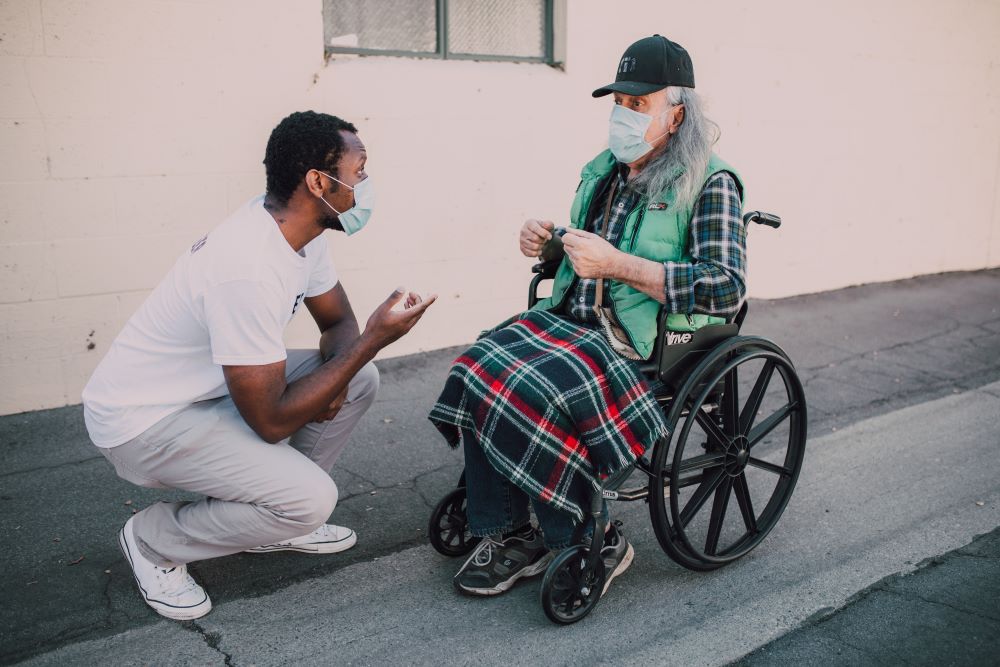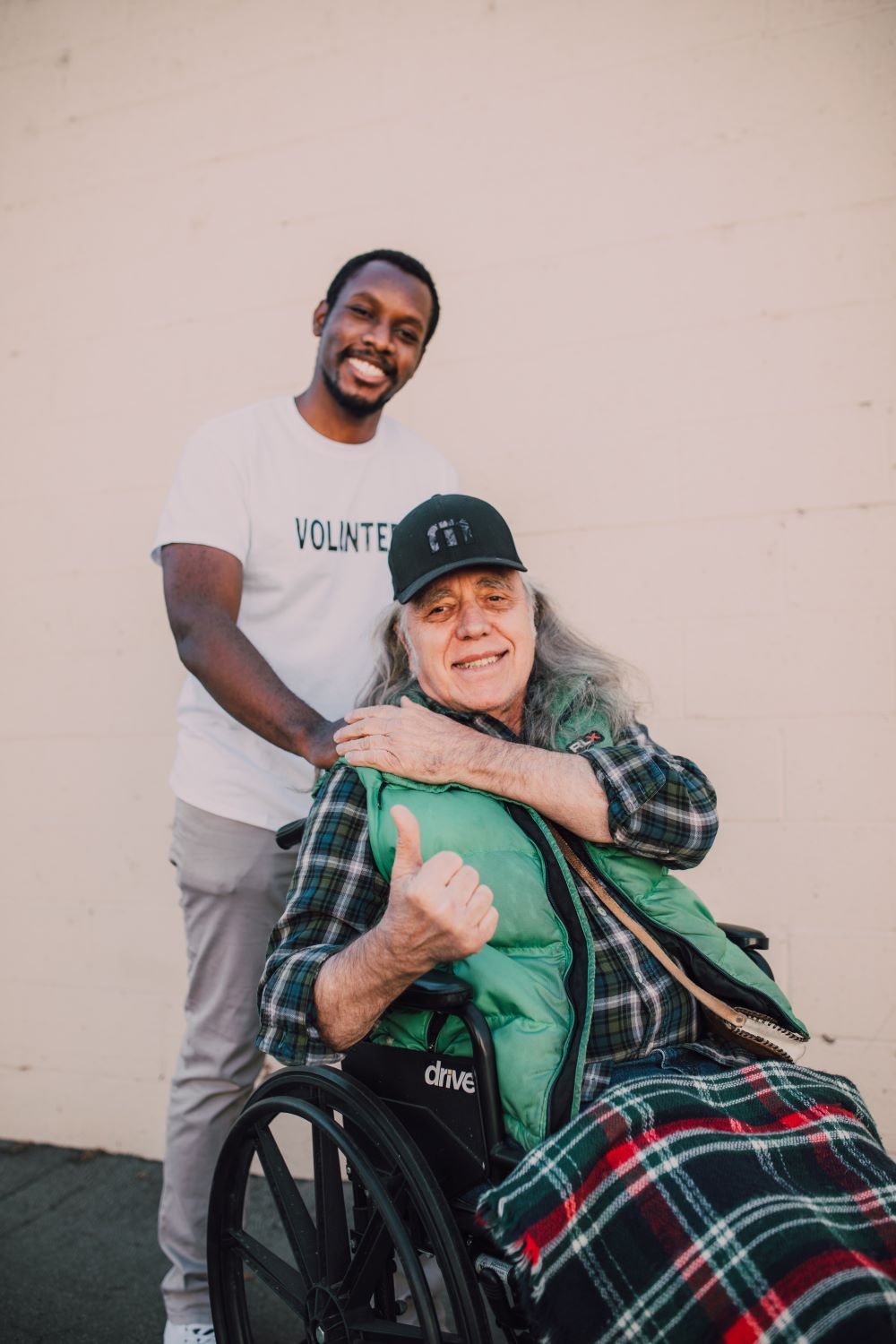How nursing home residents are treated could be a sign of a much larger issue.
A new study reports that a federal website meant to help people in choosing a nursing home contains inaccurate information that may, in part, be influenced by race. The website, Nursing Home Care Compare, was established in 1990 by the U.S. Centers for Medicare and Medicaid Services (CMS) to establish a public report of the patient safety indicators for nursing facilities across the country. However, the new research shows that the website misreports the number and severity of fall injuries and nursing home bedsores that patients suffer in specific nursing homes.
Prachi Sanghavi, an assistant professor of public health sciences at the University of Chicago and the lead researcher in the study said, “The site relies on self-reported data…to track falls and nursing home bedsores, but Medicare claims data show that nursing homes are not reporting all these incidents.”
The team found that about 40% of the major fall injury hospitalizations and 32% of severe bedsore hospitalizations found in the Medicare claims data didn’t show up on the CMS site.

For the researchers, the expectation was that nursing homes that were better at reporting falls would also be better at reporting nursing home bedsores, and vice versa, which made data compared between the CMS site and the Medicare claims conflicting and confusing. More critically, the underreported or misreported information varied significantly based on the racial composition of the residents in these nursing homes.
Those with a higher number of white residents had lower reporting rates for severe bed sores and higher rates of major injury falls. Inversely, those with a larger number of Black residents had higher reporting rates for severe bed sores and lower rates for major injury falls. This led the researchers to speculate that institutional racism may have a significant influence on how residents were treated based on the color of their skin.
Sanghavi said, “White residents have basically twice the fall rate of Black residents. And for pressure ulcers, the Black residents have almost twice the rate as White residents.”
The findings indicate that nursing homes with more white residents have a considerably minimized use of restraints and higher facilitation of mobility as well as regular repositioning of their residents, which might increase the risk of major injury falls and reduce the rate of bedsores. Conversely, nursing homes with more Black residents may have higher usage of restraints and less facilitation of mobility or regular repositioning, which might increase the risk of severe pressure ulcers and lower major injury falls. Sanghavi also noted, “It’s also possible that health disparities between the races could cause these differences. For example, Black residents are more frequently diagnosed with obesity, a risk factor for pressure ulcers.”
The American Health Care Association/National Center for Assisted Living (AHCA/NCAL) denied these conclusions. The AHCA/NCAL is the largest association for long-term care providers. In a statement, the organization said, “Nursing homes are committed to accurate reporting of quality measures, and this flawed study does not represent what’s happening today. Additionally, nursing homes have made drastic improvements on all quality measures over the past decade and continue to focus on improving the quality of life for our residents.”
The research was published in the May 23rd issue of JAMA Network Open.
Sources:
U.S. Nursing Homes Fail to Report Many Serious Falls, Bedsores: Study


Join the conversation!